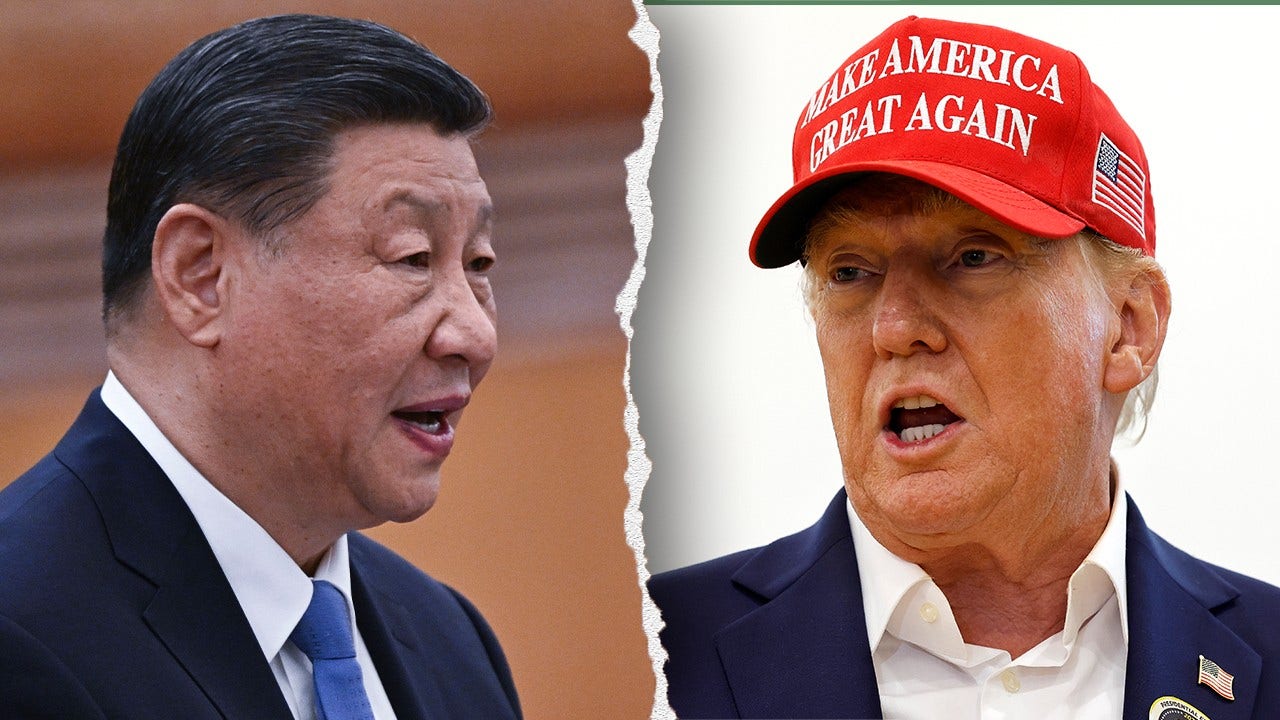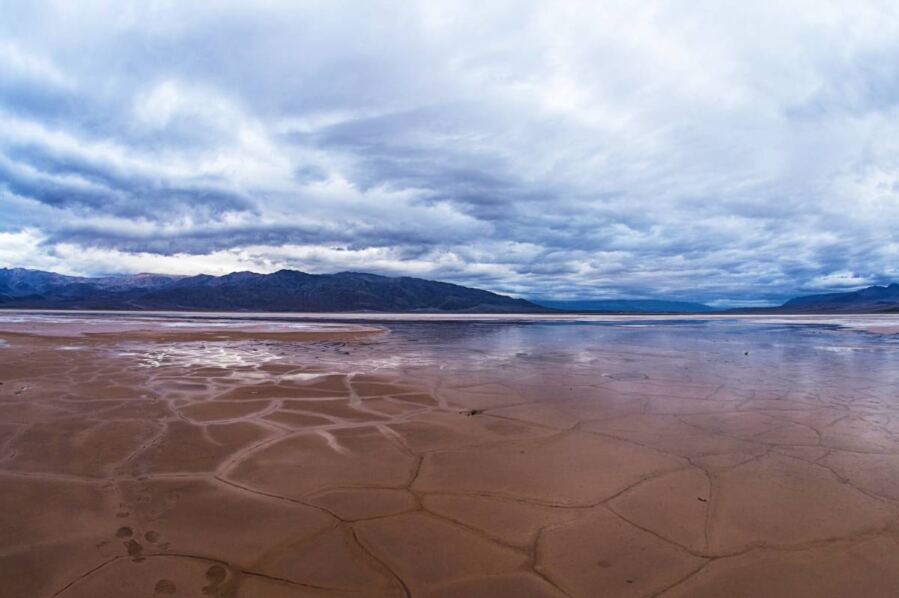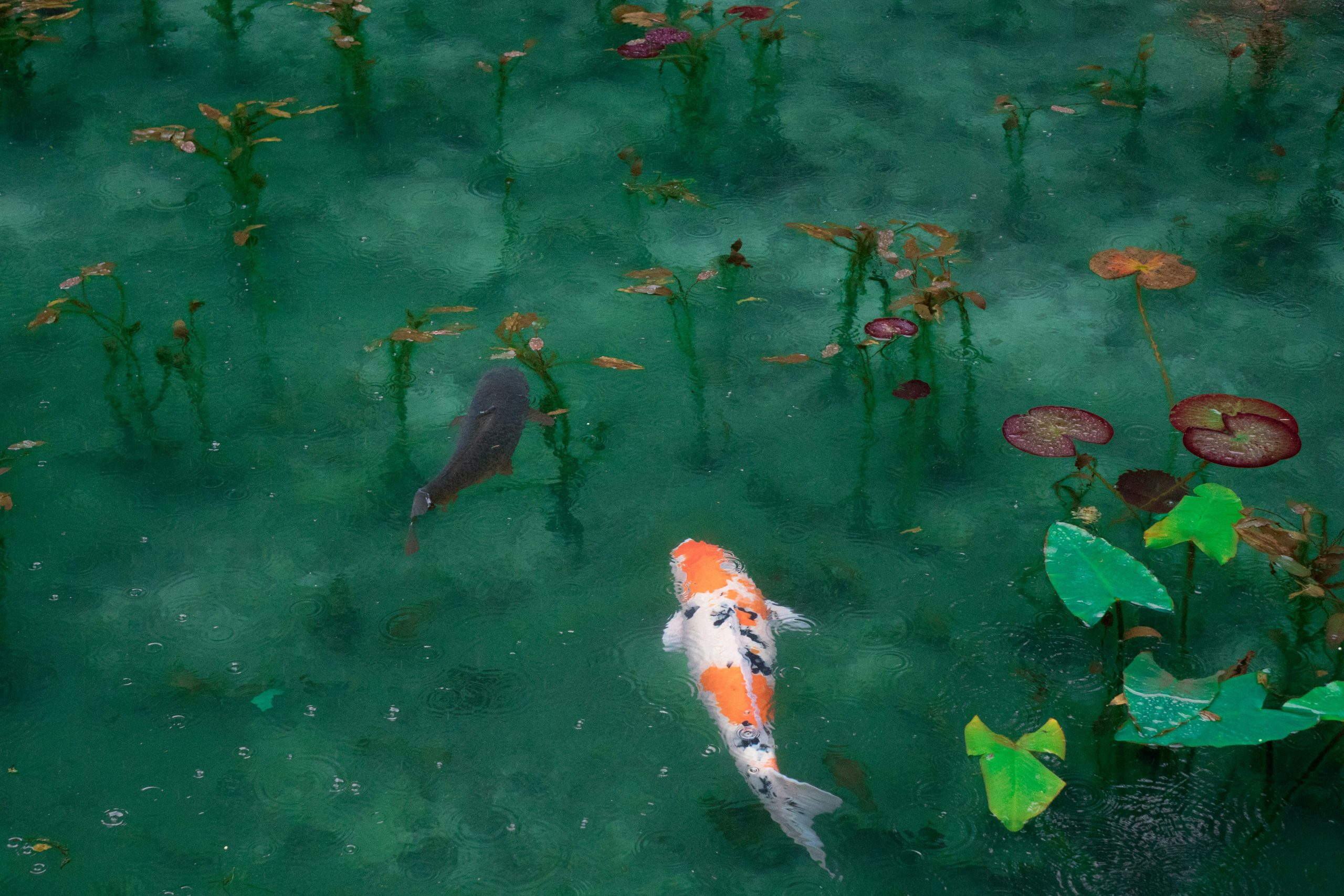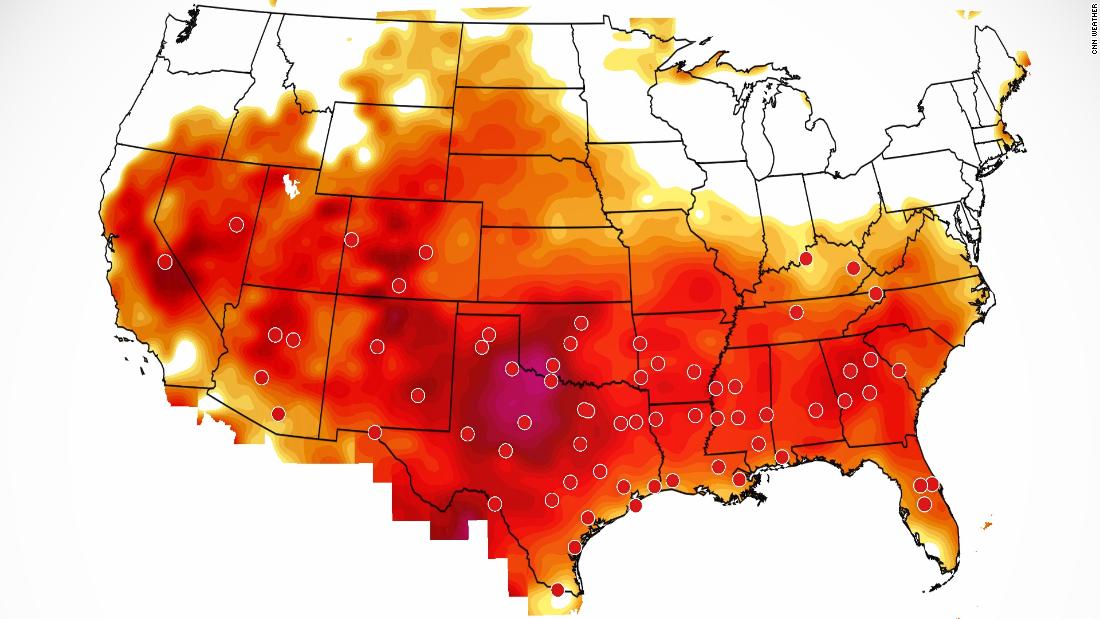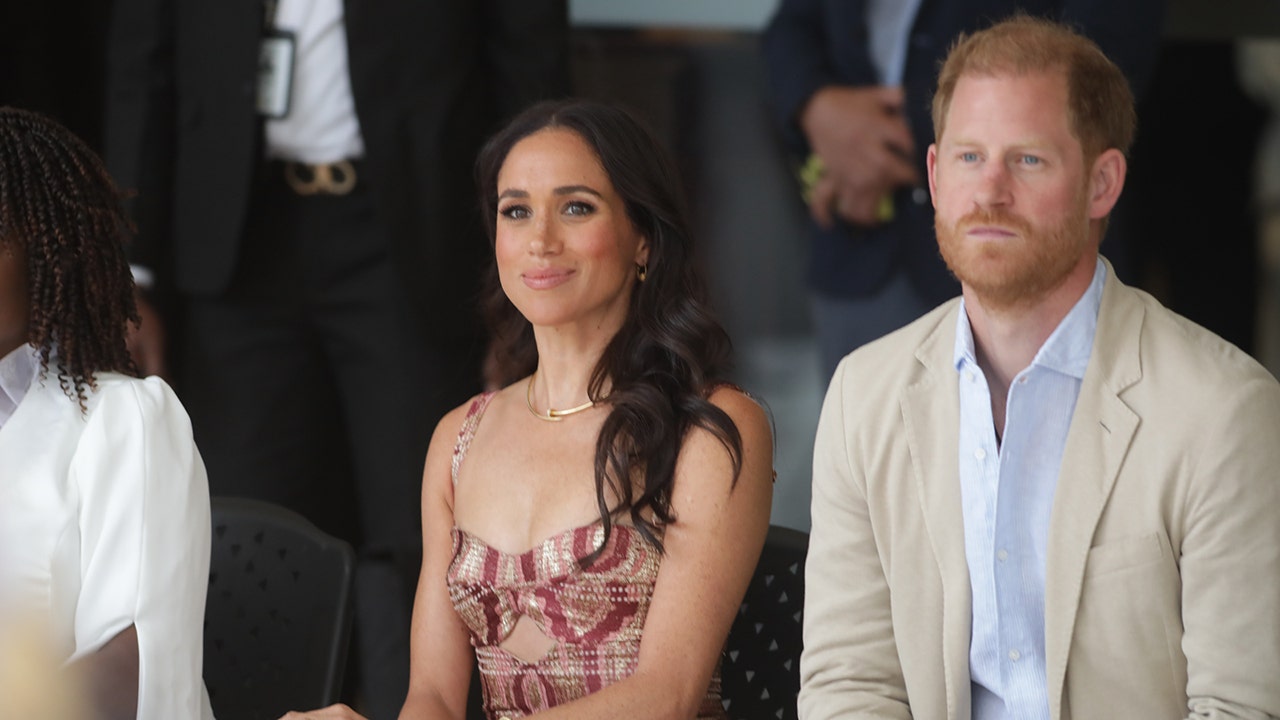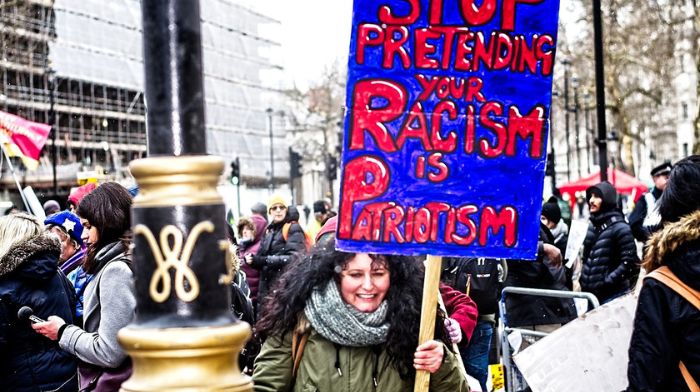When Australian animals such as platypuses and wombats are described as bizarre or primitive, it makes it harder to protect these incredible, highly adapted species, says Jack Ashby
Life
| Comment
11 May 2022

Michelle D’urbano
HOW would you describe Australian mammals? My work involves regularly talking to people about them. When I say that platypuses’ duck-like bills can detect the electrical impulses controlling the heartbeats of their prey, or that males have venomous ankle spurs, or that their hands are like Swiss Army Knives, with different foldaway tools for swimming, digging and walking, the typical response is a wide-eyed, “That’s so strange!”.
Not all mammals are considered equals. Why is it that the ingrained response to the incredible adaptations of Australian mammals is to call them “weird”? “Primitive” is often thrown into the mix too, even though all living complex species are equally evolved. The fauna of no other large land mass is treated this way.
We have been conditioned to repeat such views because they are the typical messages featured by museums and documentaries. The BBC’s 2019 series Seven Worlds, One Planet included this line in its description of the episode on Australia: “Isolated for millions of years, the weird and wonderful animals marooned here are like nowhere else on Earth.” However conservation-focused the production was, the framing of Australian wildlife as weird is unhelpful.
Thankfully, platypuses, koalas, kangaroos, wombats and their relatives are popular. People are enthusiastic about these creatures because they are interesting, but we need to avoid making subtle value judgements.
These pejorative trends can be traced back to early colonial accounts of Australia, which are peppered with unscientific slurs. When Europeans first saw Australian marsupials and egg-laying mammals, they were so unlike anything they had seen before that it required them to rethink their understanding of the tree of life. Crucially, in perceiving Australian animals to be different to those they were familiar with in the “Old World”, European colonists assumed that they were inherently inferior.
This notion of inferiority was tied up with how the colonial machine sought to paint the whole country as subordinate to the northern hemisphere. The animals continue to carry this baggage today, which has major ecological implications as it risks devaluing and othering Australian wildlife.
This is important because, despite great public affection for its platypuses, echidnas and marsupials, Australia has the world’s worst extinction record for mammals today. Over a third of all the world’s recent mammal extinctions have occurred there, from famous thylacines to less well-known broad-faced potoroos and desert bandicoots.
Surviving species are also in crisis. Fossil evidence shows that northern hairy-nosed wombats were once widely distributed over eastern Australia, but today they are found only in Queensland, numbering about 300 individuals. Stripy, squirrel-sized numbats were previously found across most of southern Australia, until they were restricted to a tiny pocket of the country’s south-west.
There are many human-induced drivers for extinction in Australia, including introduced species and altered fire regimes, but a key issue is that conservation isn’t a government priority. There is no legal requirement for the government to protect its long list of threatened species, and support is therefore weak. One report found that the government is failing to monitor threats, failing to effectively develop species recovery plans and – when it does – failing to check if they work.
We protect what we value, and if these incredible, highly adapted species are incorrectly written off as biologically inferior weirdos – cute, but ultimately evolutionarily doomed to fail – it makes conserving them much harder.
Jack Ashby is assistant director at the University Museum of Zoology in Cambridge, UK, and author of Platypus Matters
More on these topics:




